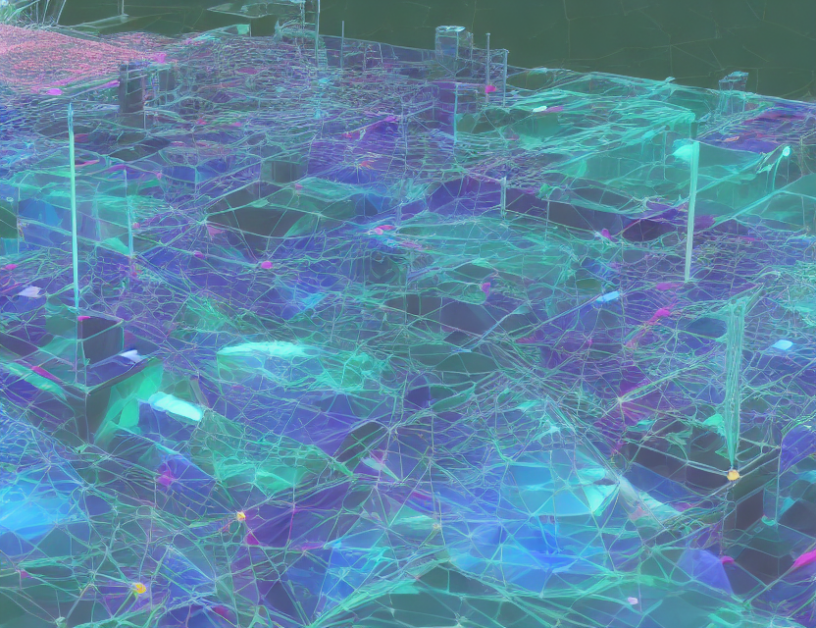In the field of deep learning, protecting crucial neurons is essential for maintaining model accuracy and preventing errors. The article discusses various techniques to safeguard these important neurons, focusing on the limitations of existing methods and introducing new approaches that can significantly reduce protection costs while preserving accuracy gains.
The authors begin by highlighting the challenges of protecting neurons in deep learning models, particularly when using three-mode redundancy protection. They demonstrate how the calculation logic area can be significantly reduced, resulting in a more efficient protection strategy. The article also provides an analysis of different approaches to identifying important neurons and evaluating their gradient values.
The authors propose Algorithm 1, a gradient-based important neuron selection algorithm that can identify the top S TH% neurons with the highest gradient values as the crucial neurons. This process involves initializing gradients for each neuron, iterating through input samples in the dataset, and updating the gradients based on the backward modeling of the output. The authors show that this approach can significantly improve accuracy while reducing protection costs.
The article also explores the impact of different proportions of important neurons on accuracy. They find that only a small number of high bit positions and important neurons are needed to achieve high accuracy, but further improvements require more bit positions and important neurons, which also result in higher protection costs.
Throughout the article, the authors use engaging analogies and metaphors to demystify complex concepts. For instance, they compare the gradients of a neuron to a boat on a river, where the boat’s speed represents the gradient value. They also describe the calculation logic area as a dam, which can be reduced in size without compromising the model’s accuracy.
In summary, the article provides new insights into protecting crucial neurons in deep learning models, offering a more efficient and effective approach to reducing protection costs while preserving accuracy gains. By using simple analogies and metaphors, the authors demystify complex concepts and make the article accessible to a wide range of readers.
Computer Science, Hardware Architecture
Reducing Calculation Logic Protection in Neural Networks with Three-Mode Redundancy



